Amedeo Modigliani was an Italian artist, who was active from 1906 to 1920. With his sculptures and paintings he changed the linear, coloristic and perspectival features of the human figure. Amedeo Modigliani was born on July 12, 1884 in Livorno, in a family of Jewish origin. He started painting at 13, mainly landscapes, with a style that recalled the Macchiaioli. In 1906 he moved to Paris, where he started developing his pictorial style, partly influenced by the artistic vanguards of Fauvism and Cubism: the subjects of Modigliani’s portraits went beyond any rule related to the movement. In 1908 he exhibited at the Salon des Indépendants in Paris and painted ‘Il Violoncellista’, one of his most important works.
From 1909 to 1914 he worked almost exclusively with sculpture: for his works he was inspired by Egyptian art, the art of the Cyclades and that of Iberian primitive men. He experimented with the direct carving method and represented heads and necks with a stretched-out shape, with dark eyes with no pupils. In 1914 Amedeo Modigliani decided to dedicate himself exclusively to painting. He portrayed his partner Jeanne Hèbuterne, the artists of the time, his friends and naked models: all the figures were autonomous and deformed, abstracted from the environmental context. His first solo exhibition was held in Paris on December 3, 1917, but was closed by the police soon after its opening as the naked portraits were considered immoral. Amedeo Modigliani died of tuberculosis in Paris on January 24, 1920, at the age of 35. His stylistic research represented a turning point for the portrait technique: his subjects were transfigured by means of curves, intense colours and close-ups.
From 1909 to 1914 he worked almost exclusively with sculpture: for his works he was inspired by Egyptian art, the art of the Cyclades and that of Iberian primitive men. He experimented with the direct carving method and represented heads and necks with a stretched-out shape, with dark eyes with no pupils. In 1914 Amedeo Modigliani decided to dedicate himself exclusively to painting. He portrayed his partner Jeanne Hèbuterne, the artists of the time, his friends and naked models: all the figures were autonomous and deformed, abstracted from the environmental context. His first solo exhibition was held in Paris on December 3, 1917, but was closed by the police soon after its opening as the naked portraits were considered immoral. Amedeo Modigliani died of tuberculosis in Paris on January 24, 1920, at the age of 35. His stylistic research represented a turning point for the portrait technique: his subjects were transfigured by means of curves, intense colours and close-ups.
Fonti
Treccani; Doris Krystof “Modigliani”; Corrado Augias “Modigliani l’ultimo romantico”
RELATED


BERTEL THORVALDSEN


THE THREE GRACES
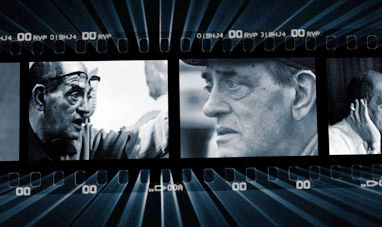

LUIS BUÑUEL
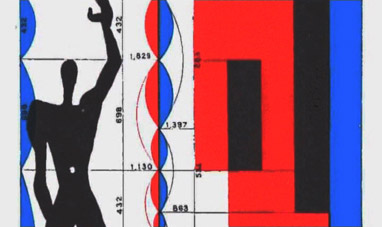

LE CORBUSIER
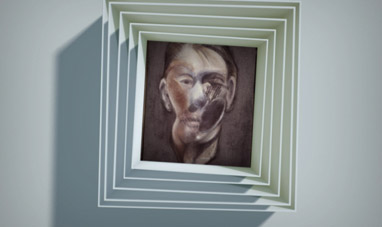

FRANCIS BACON
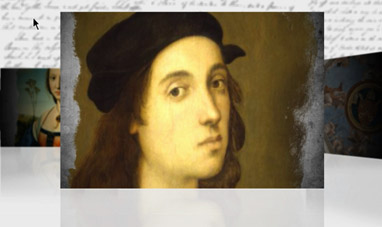

RAPHAEL
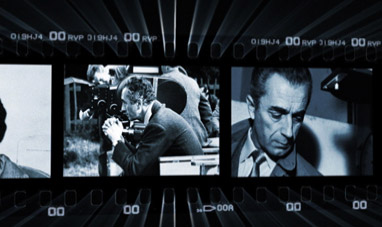

MICHELANGELO ANTONIONI


GIACOMO PUCCINI
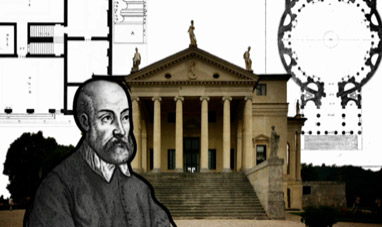

ANDREA PALLADIO
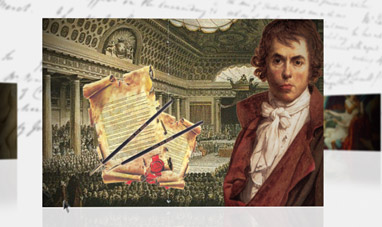

JACQUES LOUIS DAVID
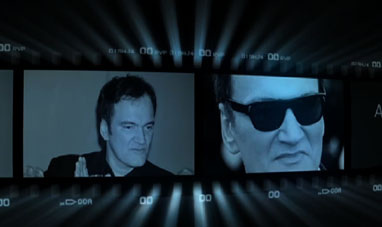

QUENTIN TARANTINO
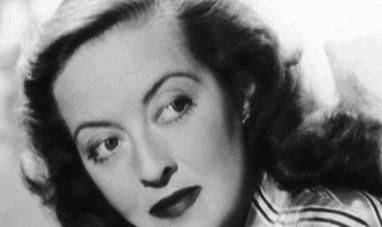

BETTE DAVIS


ERNST LUDWIG KIRCHNER
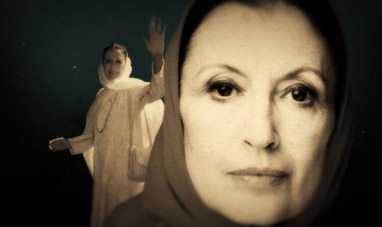

CARLA FRACCI
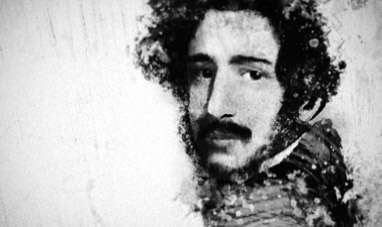

GAETANO DONIZETTI
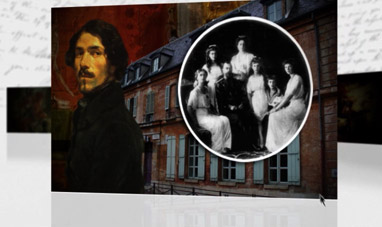

EUGÈNE DELACROIX
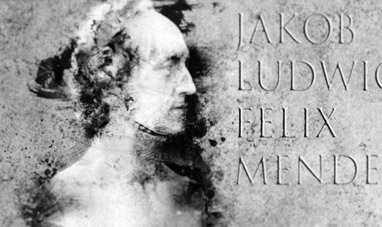

FELIX MENDELSSOHN


STANLEY KUBRICK
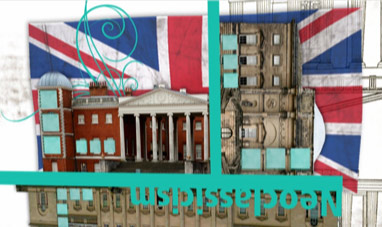

ROBERT ADAM
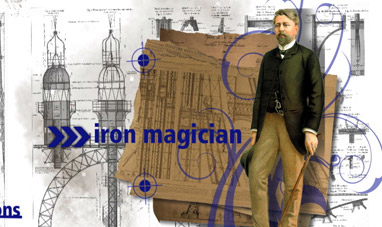

GUSTAVE EIFFEL
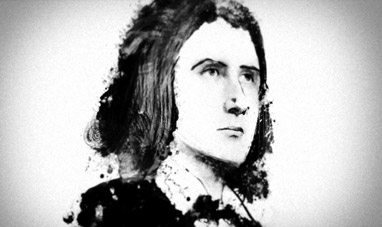

FRANZ LISZT
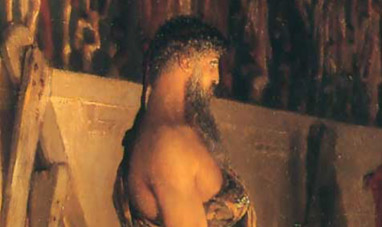

PHIDIAS
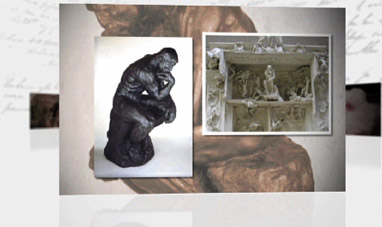

AUGUSTE RODIN


GIULIO PAOLINI
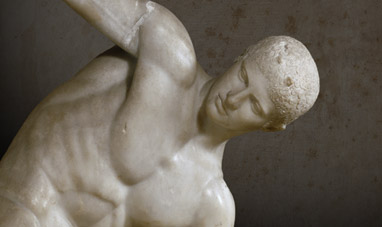

MYRON


EMILY DICKINSON
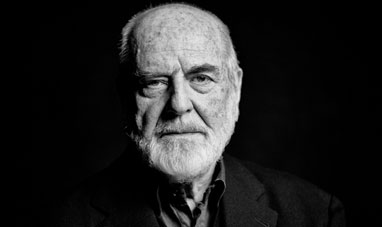

MICHELANGELO PISTOLETTO
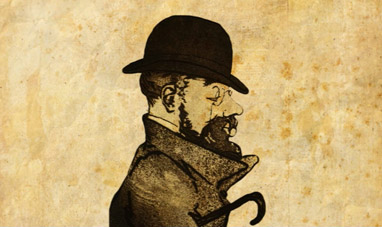

HENRI DE TOULOUSE-LAUTREC


EURIPIDES
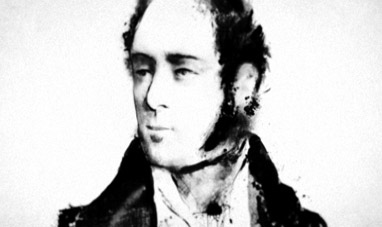

VINCENZO BELLINI
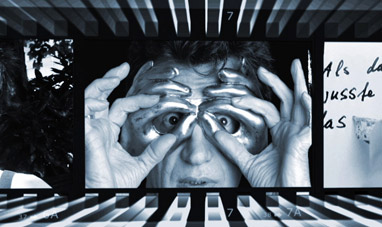

WIM WENDERS


FRANCIS SCOTT FITZGERALD
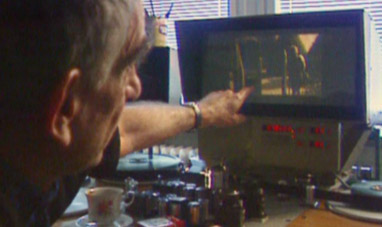

KRZYSZTOF KIELOWSKI
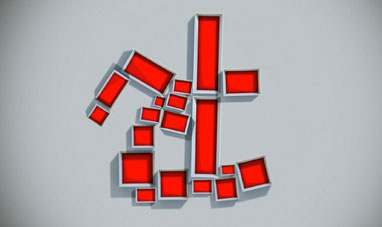

MICHELANGELO PISTOLETTO
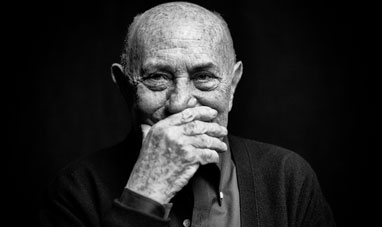

ARNALDO POMODORO
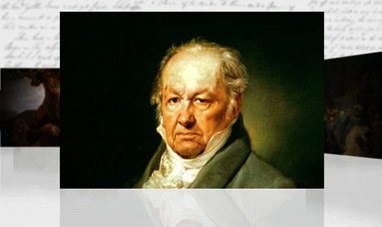

FRANCISCO GOYA
